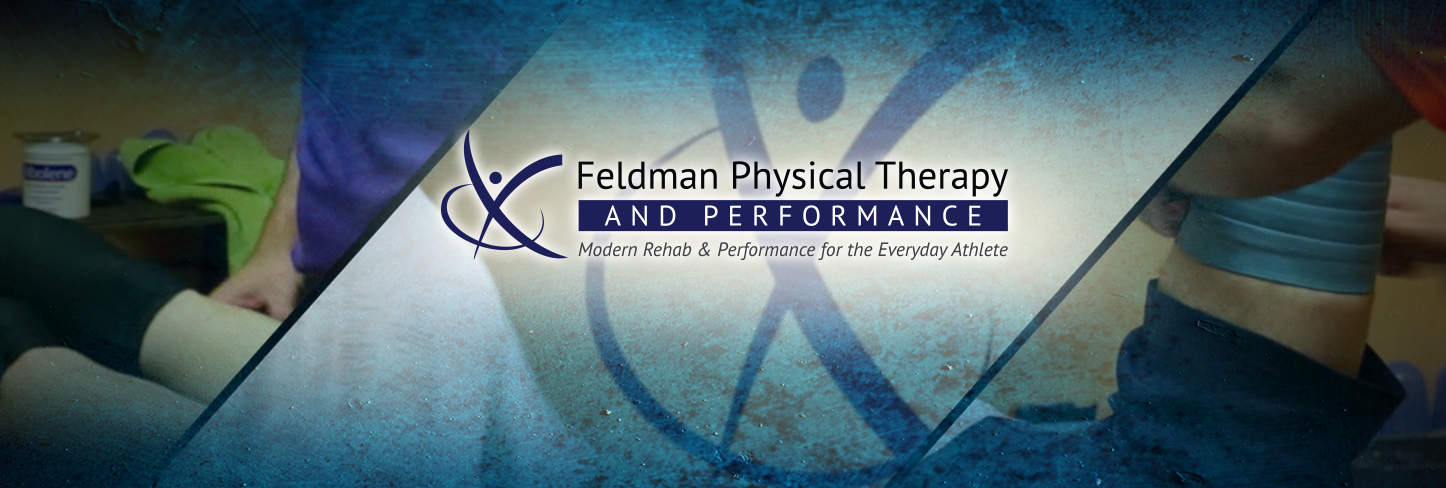
Stretching and Warming Up for Runners
April 10, 2013
Informative Question and Answer Session
June 10, 2013As runners we spend countless hours and lots of money researching and purchasing what we believe to be the best running shoes for our feet and running style. We read the latest magazine reviews, we check the blogs and chat rooms and we ask our friends. Some even go as far as buying and trying almost anything new that comes out on the market, in the hope that it will fit just right, and do just what we need.
However, because we are all mostly recreational athletes, following that morning run, we shower, change and head to our, “real” job. Many of us do so without ever thinking about how our chosen work footwear is working with or against our carefully chosen running shoes. We think about how they match our outfit, and if they are professional enough for work, then we rush out the door.
A few years ago, while training for a marathon, all of my hard work and training was almost lost as I developed severe foot pain a few weeks before the race. My running shoes were in great condition, I couldn’t think of what could have possibly caused this until one morning when I was leaving for work. A few days before the pain started I purchased new shoes for work, as a physical therapist I’m usually on my feet all day. I would have never bought new running shoes 2 weeks before the race, but I didn’t think twice about buying new shoes for work, where I spent 8 hours a day standing.
Many of us unfortunately spend much more time at work, then out running, and it is important that we put just as much thought into our footwear choice for work, as we do for running. When considering a shoe for work we must consider style (we can’t all wear sneakers to work), function (do you need something protective), and support.
Even if you are part of the lucky group that can wear sneakers to work, you need to remember you stopped running in those old running shoes for a reason, they might not be the best choice for work. Also a newer model low profile shoe designed to encourage forefoot or midfoot striking while running will try and do the same while walking, however, you are supposed to heel strike while walking.
Another thing to consider, you wouldn’t switch to a lower profile shoe for running and go run a ½ marathon if you weren’t used to that style would you? Well the same goes for work, if you are used to a higher heel and more support, you can’t switch cold turkey, it will take time.
Do you have a job that requires specific protective footwear? If so, while you may be limited in your decisions, you still need to be mindful of what you choose. Most likely you are spending extensive time on your feet and are going to need something that is supportive and with good cushion. Also, keep in mind while these types of shoes will be heavier, because of the added time you will be spending on your feet you are going to want the lightest ones possible that still offer good reliable protection.
The hardest shoes to help people find are good shoes that are also appropriate for more formal work environments. My first recommendation would be to stay away from anything with a big heel. Runners put a lot of stress on their Achilles tendons and on the first toe. Shoes with a high heel do the exact same thing, and could cause what might be post run soreness into tendonitis or shin splints.
When it comes to a loafer I recommend looking for something with a rubber, and not a wooden sole. This will offer more cushion and will also tend to wear more evenly. We always analyze the wear pattern of our running shoes, once in awhile flip over your work shoes and look at the sole, you might be surprised. I also recommend trying to stick with shoes that have laces. These offer more support throughout your forefoot, and help keep your heel in place. Slip-ons are nice and quick, but they tend to stretch out quickly and soon your foot is swimming in your shoes.
When considering a shoe for work, always think about how the design and function of that shoe will interact with your running goals. Are you looking to transition to a lower profile, forefoot strike shoe with a lower heel? If so maybe a more supportive shoe for work would be better. Give your feet a workout while running and let them rest at work. You might want to stay away from unsupportive flats and driving shoes. Are you running in very supportive shoes that provide a slight correction? If so you will want to make sure your work shoes provide the same correction. Do you have orthotics in your running shoes? If so you will want the same orthotics, or ones that provide support to the same areas in your work shoes.
One last thing to consider is how many different pairs of work shoes you have. Many running experts advise trying to rotate through multiple pairs of shoes, the same is true at work. I always recommend patients try to never wear the same shoes two days in a row.
Remember when you start to feel some pain in your feet, ankles, knees, or hips don’t be so fast to blame your running shoes. Take a look at your work shoes, you spend much more time in them!!!




